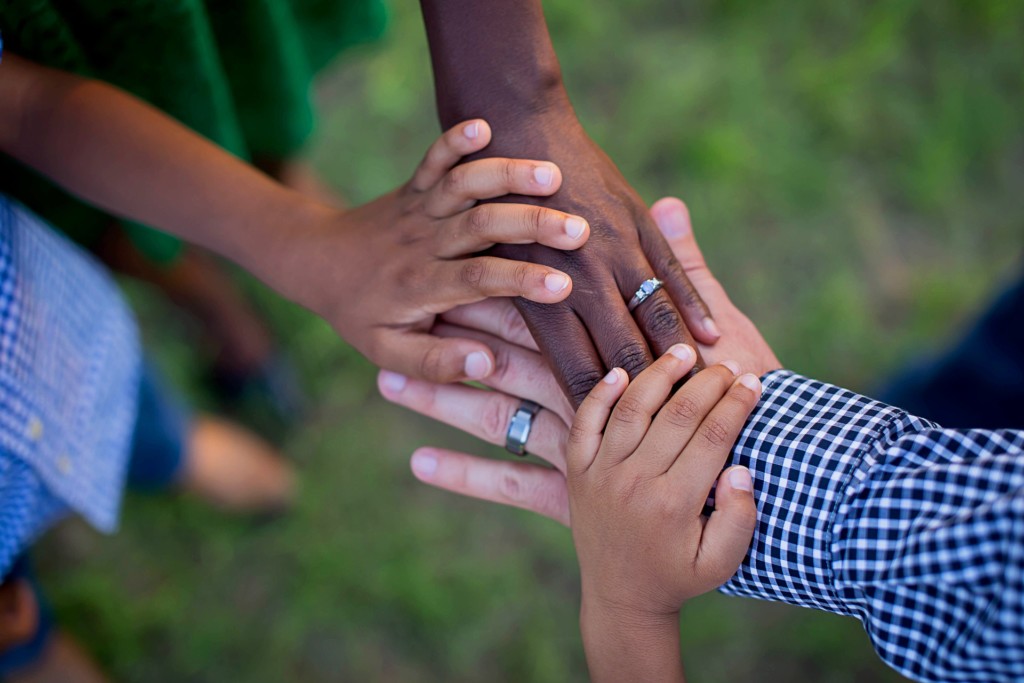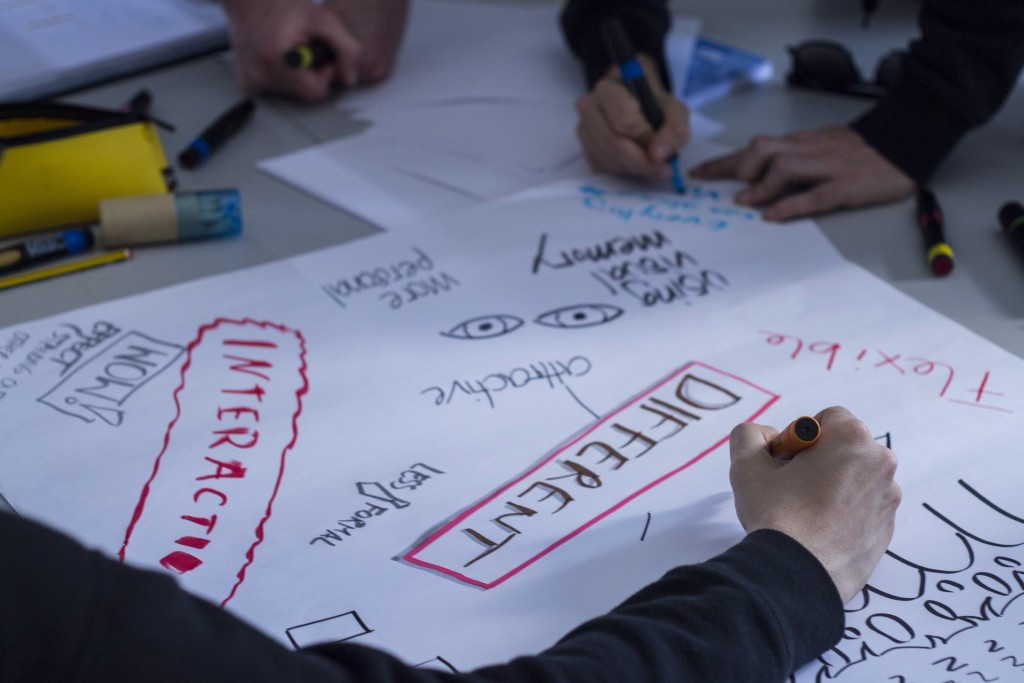I am a white woman, with a white husband, living in a predominately white neighborhood. I grew up in a city that others referred to as “Sterling Whites.” I’m proud of where I grew up, but as the nickname indicates, it was pretty lacking in diversity at the time. I always believed that all people are equal, and to be honest, discrimination didn’t seem real to me because I never saw it. Everyone was the same, so nobody was discriminated against. I didn’t think much of it until I attended school at a large university in New York and saw true diversity; I learned so much in such a short period of time. The only thing I regret is that it took me until my twenties to obtain that knowledge.
 My family lives in a different suburb than where I grew up, and it is more diverse than I ever remember my neighborhood to be. At the same time I know it isn’t diverse enough. My children need to know that being different from us is ok, and that no matter what, we are all people. But they also need to know that the road that many others travel isn’t as easy as theirs, and that they need to work to make that better.
My family lives in a different suburb than where I grew up, and it is more diverse than I ever remember my neighborhood to be. At the same time I know it isn’t diverse enough. My children need to know that being different from us is ok, and that no matter what, we are all people. But they also need to know that the road that many others travel isn’t as easy as theirs, and that they need to work to make that better.
So how do I expose my kids to diversity – in an organic and natural way? How do I make them understand what discrimination is and why it is so horrifying? What can I do to teach them that we can’t be color blind or religion blind or custom blind, but that we must embrace and learn and respect those that are different from us?
Like any good mother, when I didn’t know what to do, I went to the internet. I read many articles and studies on the topic. The data is pretty clear: tolerance and acceptance must be taught, it begins at home and it is never too early to start. Parents need to talk about differences with their kids and let them know that being different races or religions or different anything is ok. All of the articles I read indicated that while talking about differences is a good start, it isn’t enough. Much like everything else parents must teach, children have to see you exhibit openness to all and acceptance of diversity. Then parents have to allow children the opportunity to do so themselves.

I thought talking to my kids about people of other races and religions would be easy. Boy was I wrong. It was uncomfortable and awkward and overdue. Both boys were shocked that a belief or physical appearance could affect how people are treated. I told them slavery was so bad that we had a war over it. I explained that at one time, women couldn’t drive or vote, so if we had lived a long time ago, I couldn’t take them to school. I relayed the bravery of Rosa Parks and Martin Luther King Jr. I pointed out how some of their friends are physically different than them, but that they like the same things and have fun together.
I felt like I had no business telling my kids about discrimination or how it hurts. As I spoke, it seemed that my simple words could never accurately depict the disgusting repugnance that is discrimination. But I pressed on. I forced the discussion; I gave relatable hypotheticals and age appropriate truths. I told them that discrimination could mean they had to sit at a different table at lunch because they had brown eyes. Or that someone might not want them on their team because we believe in God.
I answered their questions honestly and I promised them that I would never get mad at them for asking a question about differences between people, if they asked in a respectful way. But I knew that one discussion wasn’t enough; it had to be ongoing. So it continues, a little more honesty and a little less awkward each time.
According to my research, the next step is to exhibit acceptance and allow them the opportunity to do the same. This is even more difficult and quite frankly, I am at a loss. A few of their neighborhood friends are minorities, but that certainly isn’t enough. We visit urban areas and other immigrant heavy cities, but is that enough? I make it a point to check out children’s books where the main characters are different from us. I don’t know what else I can do. I can visit more places and do more things, but is that enough? Is there ever enough?
At times, the burden of what I want them to learn is overwhelming. I have to remind myself that I am doing the best I can and that it took me decades to learn what I want my six year old to know. But if I’m being honest with myself, I can do more.











http://www.slate.com/articles/double_x/the_kids/2014/03/teaching_tolerance_how_white_parents_should_talk_to_their_kids_about_race.html
This is one of my favorite articles.
As a person of color who grew up primiarily around white people, is friends with mostly white people, and now married to a white man with a white family, it has always been PAINFULLY obvious when I’m around someone who’s never been around other POC than myself. The worst/most obvious is when we go to a wedding – where you typically see ALL of the people who are important to a couple, from work/school/childhood – and I’m the only POC.
So I would emphasize the importance of your kids seeing you interacting with a diverse set of people and having diversity in your life.
But I also think your point about books is super important. My biracial daughter’s bookshelf purposely features books with little brown faces as well as white, because I know from experience that these might be the only books of that sort that she sees (schools aren’t known for their diversity in curricular materials). I would also add that TV shows and movies with POC can help too.
Thank you thank you thank you for even wanting to start this with your family!!! <3